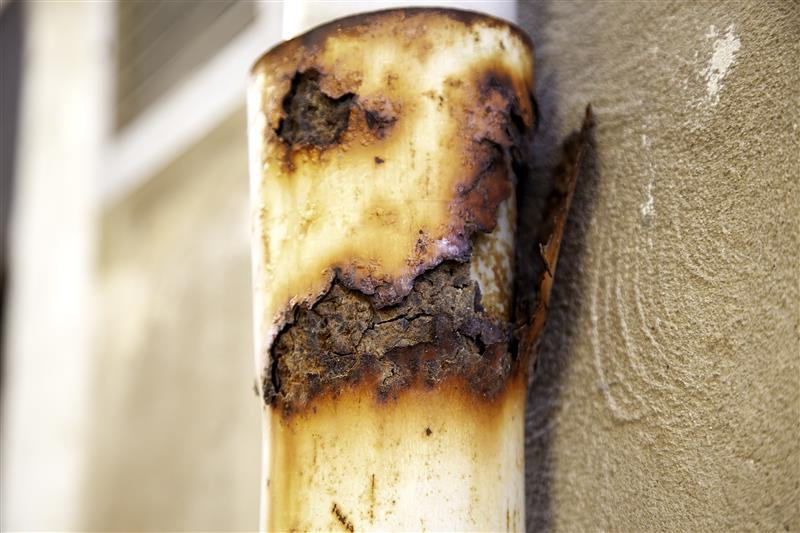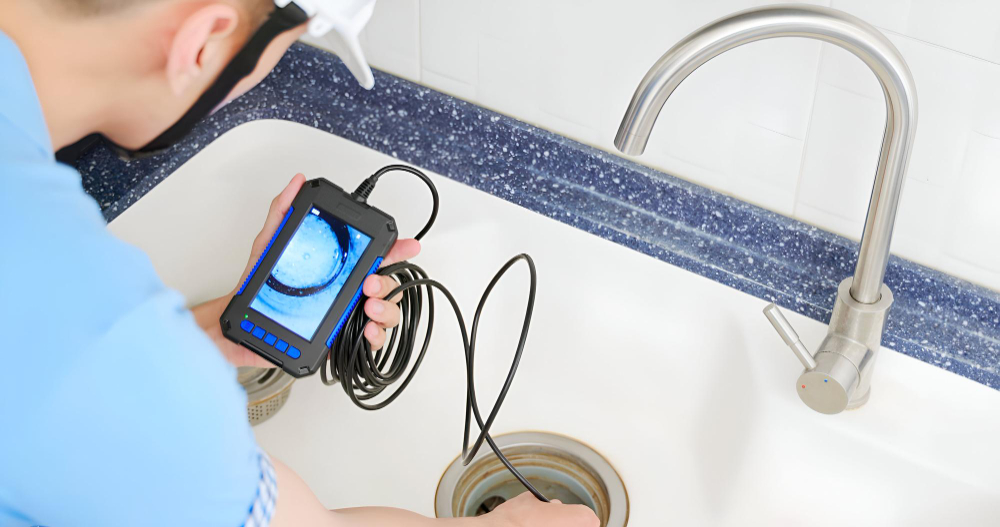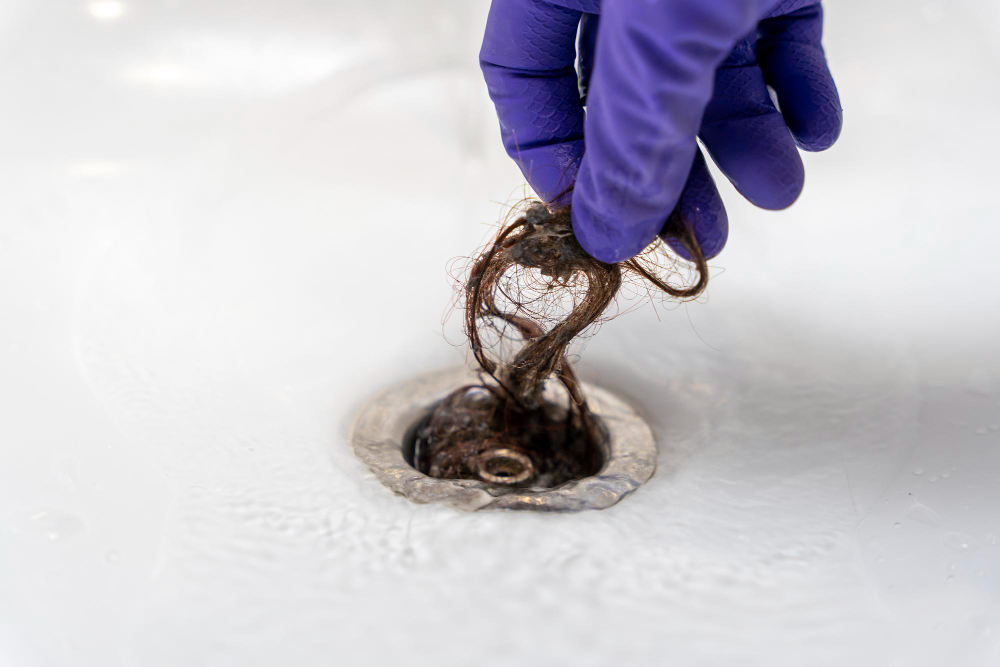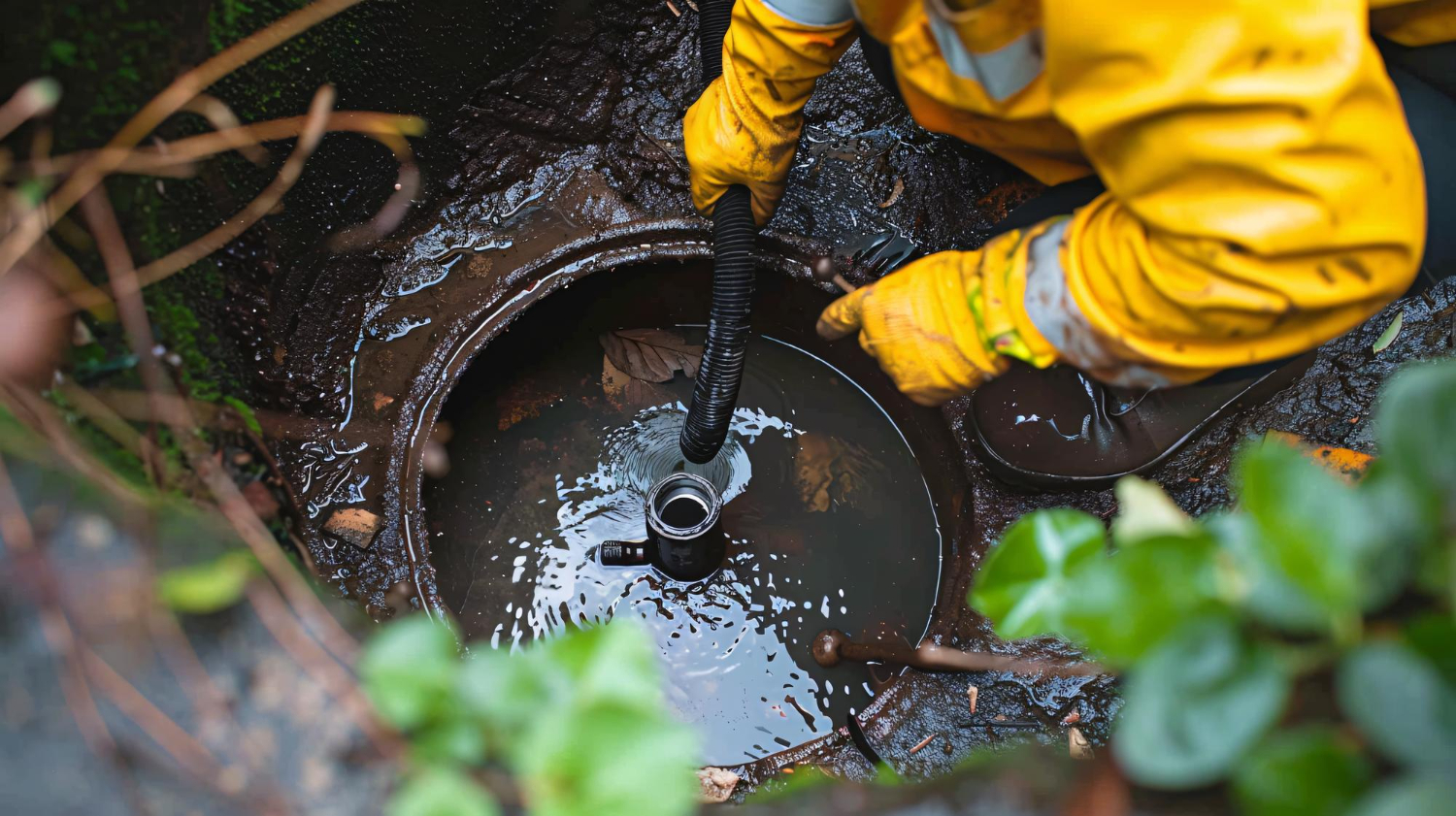Table of Contents

Why a Cracked Heat Exchanger is a Silent Emergency
A cracked heat exchanger in your furnace isn’t just an equipment failure – it’s a potentially life-threatening situation. This hidden danger allows deadly carbon monoxide (CO) to mix with your home’s air supply. According to CDC data, over 400 Americans die annually from accidental CO poisoning, with faulty heating systems being a leading cause.
The heat exchanger’s critical role:
- Contains combustion gases
- Transfers heat to your home’s air
- Prevents CO from entering living spaces
When cracks develop, this safety barrier fails. Unlike other HVAC issues you can postpone, a cracked heat exchanger requires immediate attention.
6 Warning Signs of a Cracked Heat Exchanger
1. Strange Odors (Rotten Egg or Formaldehyde Smell)
A cracked heat exchanger often releases distinct chemical odors as combustion gases escape:
- Metallic/burning smells
- Formaldehyde-like odors
- Rotten egg scent (if the gas company added odorant)
Action: If you smell gas, evacuate immediately and call your utility company.
2. Visible Cracks or Rust Flakes
During annual maintenance, technicians inspect for:
- Hairline fractures in metal
- Rust-colored flakes in the burner compartment
- Discoloration or warping
DIY Check: Shine a flashlight through heat exchanger ports – cracks will appear as thin light lines.
3. Soot Buildup Inside Furnace
Excessive soot indicates improper combustion, which stresses the heat exchanger and leads to cracks. Check for:
- Black powder around burners
- Soot streaks in the combustion chamber
- Dark residue on heat exchanger surfaces
4. Carbon Monoxide Alarms Triggering
CO detectors sounding means combustion gases are entering your home:
- Alarms may sound intermittently
- Symptoms like headaches/nausea improve when leaving home
- Detectors near the furnace trip first
Critical: Never ignore CO alarms – they may be your only warning of a cracked heat exchanger.
5. Unusual Flame Appearance
Healthy furnace flames should be:
- Blue with slight yellow tips
- Steady and even
- Contained within the burner
Crack-related flame issues:
- Yellow or orange flames
- Flickering/sporadic flames
- Flame rollout (fire outside combustion chamber)
6. Water Leaks or Excessive Condensation
While not always present, moisture issues can indicate heat exchanger problems:
- Rust-colored water pooling under the furnace
- Condensation on cold surfaces
- Corrosion around weld points
Urgent Fixes for a Cracked Heat Exchanger
Immediate Actions
- Turn off the furnace at the thermostat and the gas valve
- Open windows for ventilation
- Evacuate if the CO alarm sounds
- Call an HVAC professional for emergency inspection
Repair vs. Replacement Costs
| Solution | Average Cost | Considerations |
| Heat exchanger repair | 500−500−1,500 | Only viable for minor cracks in newer units |
| Full furnace replacement | 2,800−2,800−6,500 | Required for older systems or severe damage |
| High-efficiency upgrade | 4,000−4,000−8,000 | Better warranty and safety features |
Most HVAC professionals recommend replacement because:
- Repaired cracks often reappear
- New furnaces have better safety controls
- Modern units are 15-30% more efficient
Preventing Future Heat Exchanger Cracks
Annual Maintenance Checklist
- Professional inspection (including combustion analysis)
- Burner cleaning and adjustment
- Filter changes every 1-3 months
- Ductwork inspection for airflow restrictions
- CO detector testing
Extending Heat Exchanger Life
- Avoid oversizing your furnace
- Maintain proper humidity levels (30-50%)
- Address corrosion causes (high humidity, coastal air)
- Replace filters regularly to prevent overheating
Conclusion
A cracked heat exchanger poses serious health risks and requires immediate professional attention. By recognizing the 6 warning signs – strange odors, visible damage, soot buildup, CO alarms, abnormal flames, and moisture issues – you can protect your family from carbon monoxide poisoning. Remember: replacement is often safer and more cost-effective than repair for damaged heat exchangers.
FAQs About Cracked Heat Exchangers
Q1: Can you repair a cracked heat exchanger?
Some HVAC companies offer welding repairs, but most manufacturers void warranties if repaired. Replacement is usually recommended.
Q2: How long do heat exchangers typically last?
10-20 years, depending on maintenance, usage, and climate. High-efficiency models often last longer.
Q3: Will homeowners’ insurance cover replacement?
Sometimes, if the damage resulted from a covered peril like lightning. Normal wear and tear usually isn’t covered.
Q4: How dangerous is a small crack?
Extremely. Even hairline cracks can leak lethal CO concentrations and rapidly expand under heat stress.
Q5: What’s the most reliable brand for heat exchangers?
Carrier, Lennox, and Trane offer the longest heat exchanger warranties (20+ years on some models).
Do you have questions, or are you ready to start your next project? Explore our services at AiRCO Mechanical!






